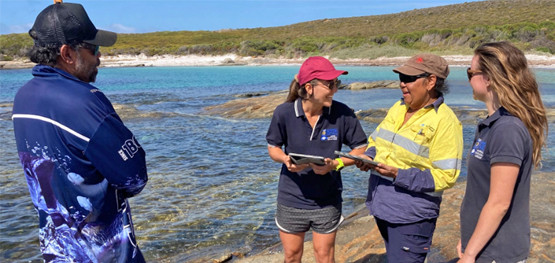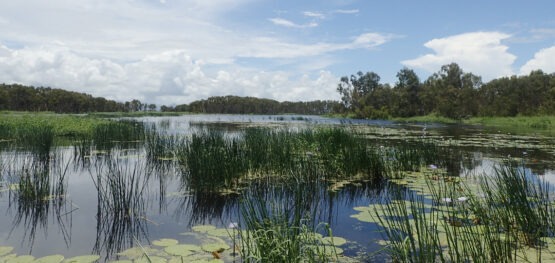Article
12 December 2024
When Dr Nina Wootton of the University of Adelaide began her PhD research seven years ago, she faced a confusing array of approaches to sampling seafood for microplastics contamination.
“It was overwhelming trying to find and follow the literature, papers, opinions and ideas, with different people saying different things,” she says. “I’ve since heard similar stories told in multiple research groups, both in Australia and internationally. Anyone in my shoes would agree that knowing what method to follow saves a lot of time, resources and bad sleeps.”
Dr Wootton has since co-led the development of the Microplastics Field Manual, which has sections for sampling in water, sediment, biota and air. These include sampling design, sample collection, processing and laboratory procedures, and plastics characterisation and reporting.
“Microplastics research is exploding. So much is going on internationally, and mostly the approaches are set in a particular matrix, region or question. This is fine, but our manual covers all of that – it’s much broader. It outlines the standards required to produce quality data that are publishable and comparable.”
“There has been a messy mix of methods used for microplastics sampling. Having this best practice and especially from an Australian perspective makes it really clear what you should and shouldn’t be doing. It steps you through everything and is perfect for someone who doesn’t know where to start.”
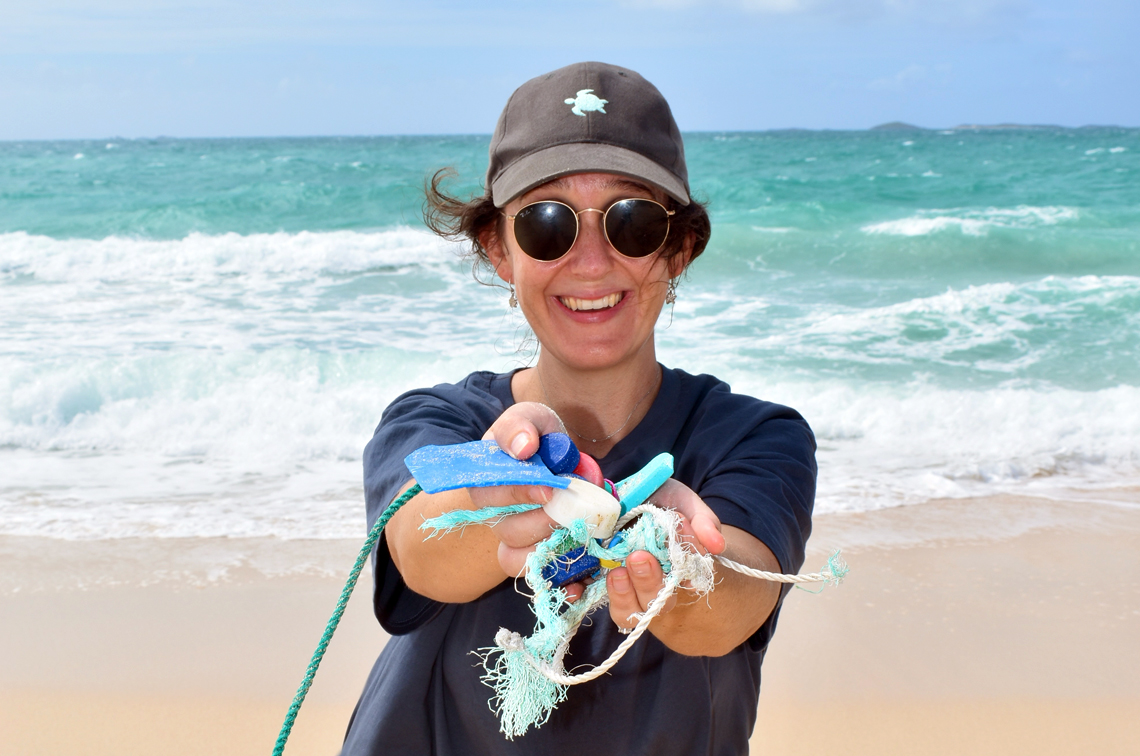
Collaborative process
Dr Wootton says the approach to developing the microplastics best practice was collaborative and collegiate, with the result that it is endorsed by the marine research community.
“There were 40 researchers from 21 institutions involved,” she says. “As the person putting it together at times it was hard, but I was overwhelmed by the positivity. Everyone I contacted wanted to be involved.
“Now I have a network of 40 colleagues, from all states of Australia and abroad who I feel that I can really trust, to work with and learn from. From my own perspective this is amazing.
“Researchers are often siloed, but I think this process has made a really positive group of people who can work as a thinktank. Already researchers are thinking of forming new collaborations with others in their areas or expertise.
“We’re sharing the manual out to people who are new in the space. I have honours students using it, and I know that masters students at The University of Melbourne are using it too.”
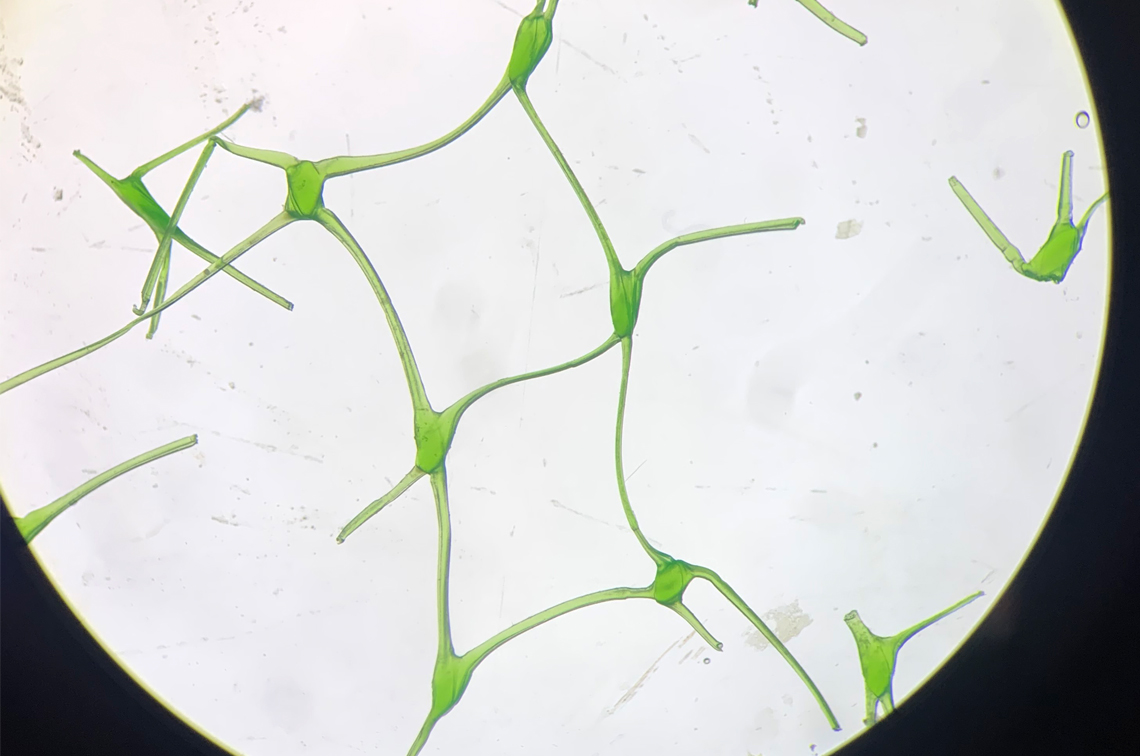
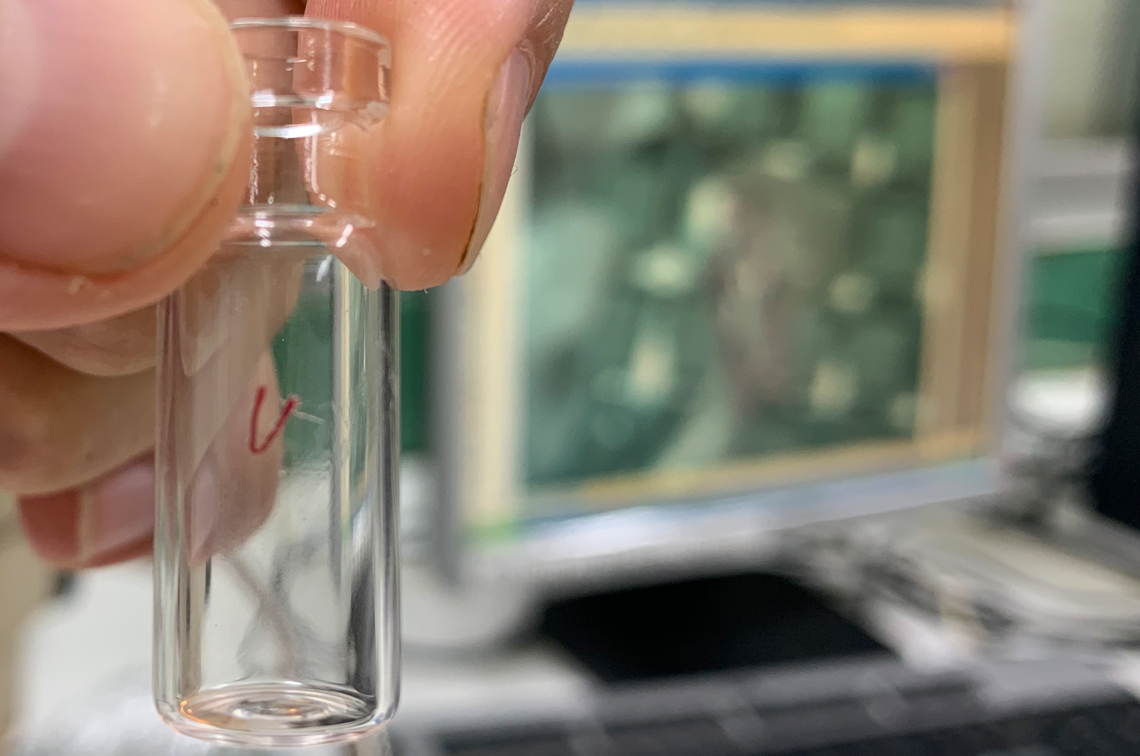
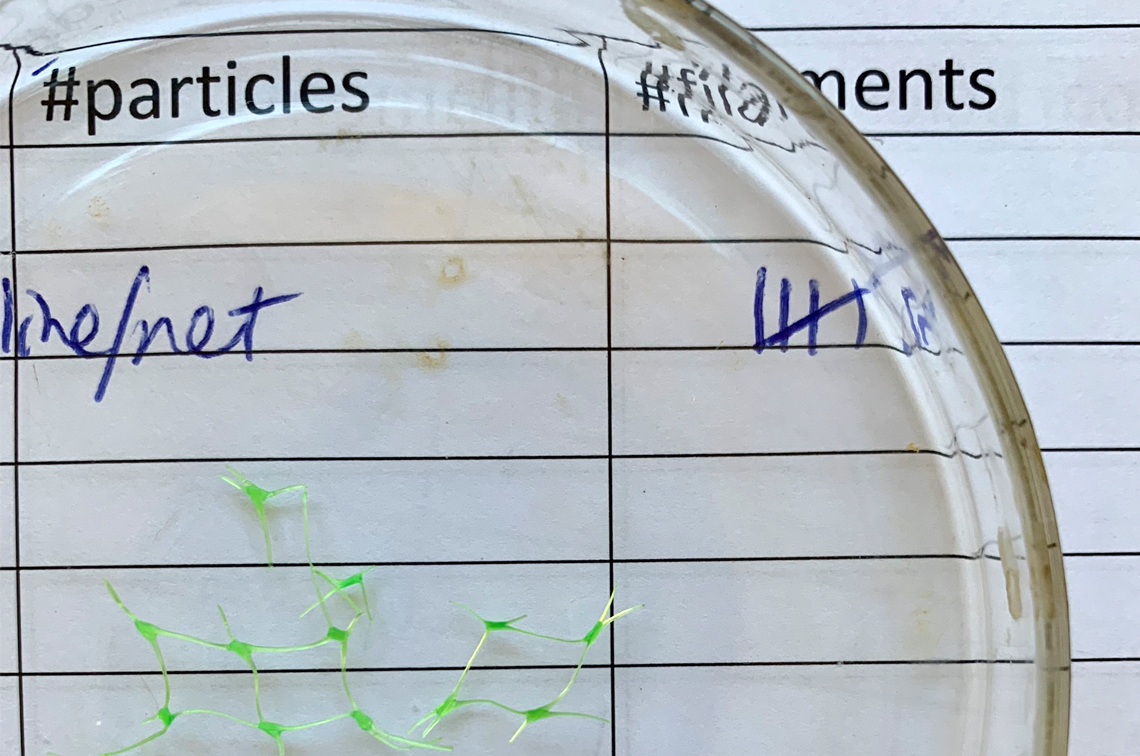
Sharing best practice
The new additions to the marine sampling field manuals are being widely promoted among the research community.
Dr Wootton presented at the Inaugural Nano and Microplastics Australian Conference at Flinders University in March and the Australian Society for Fish Biology Conference in November.
She and co-author Patrick Reis-Santos led a session at the Eighth Ocean Best Practices System Workshop (OBPS WSVIII) in October. The Ocean Best Practices System is an Intergovernmental Oceanographic Commission of UNESCO Project. This workshop was designed to facilitate the use of standards and tools for marine monitoring and conservation.
Hub project leader Dr Rachel Przeslawski presented about the new field manuals and the broader hub best practices project at the Australian Marine Sciences Association and New Zealand Marine Sciences Society 2024 Conference in September and the NSW Coastal Conference in October.
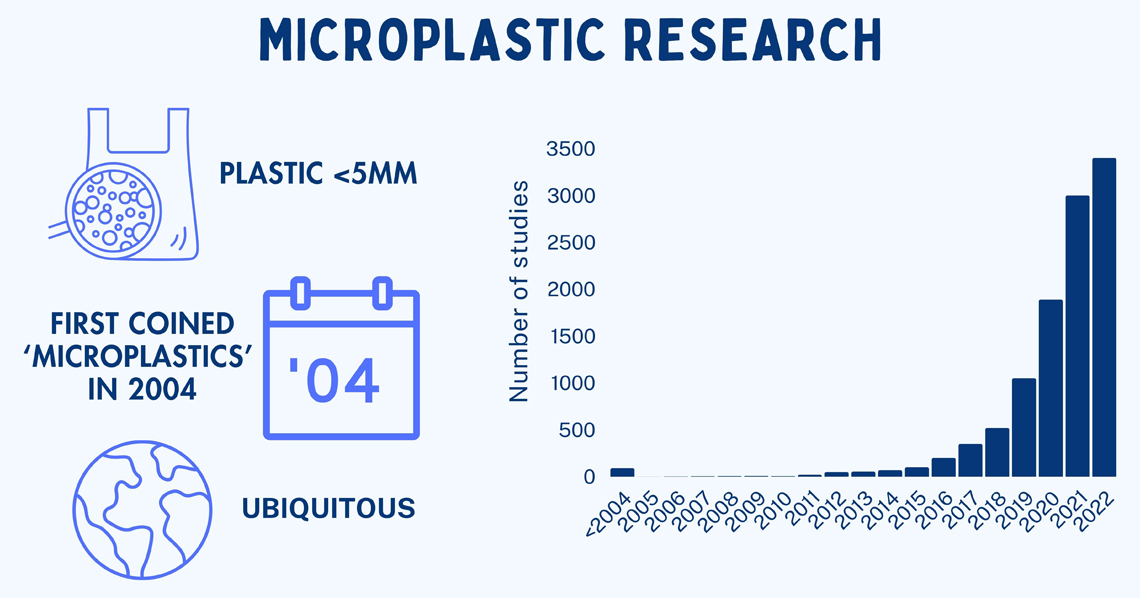
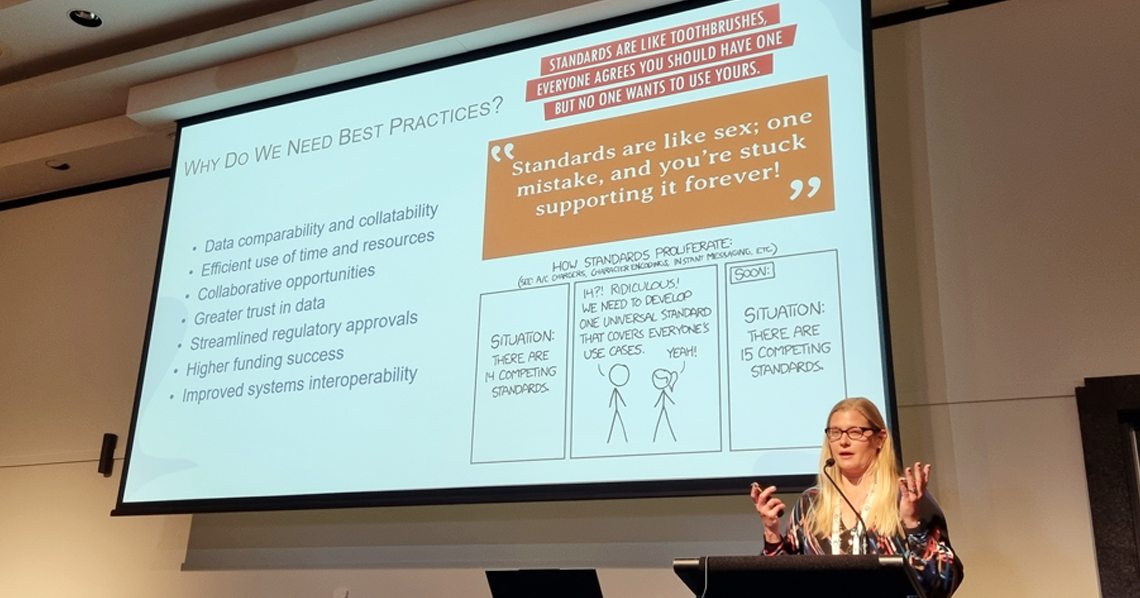
Central data repositories
Dr Wootton says the application of the microplastics best practices will boost the comparability of datasets, and the capacity of researchers to understand which datasets are comparable.
“The manuals include a checklist to upload with data that provides information about the method used to collect it,” she says. “This means we will be able to compare datasets uploaded to centralised databases to see which are comparable. Hopefully this will lead to better alignment.”
Existing long-term microplastics datasets include the Australian Institute of Marine Science, CSIRO and Tangaroa Blue. Some of the data collected under these programs currently are not comparable.
CSIRO is developing a National Plastic Pollution Web-Based Portal. The United States National Oceanic and Atmospheric Administration has a tool for uploading and mapping marine microplastic concentrations data.
Related information
Microplastics Field Manual on GitHub.

